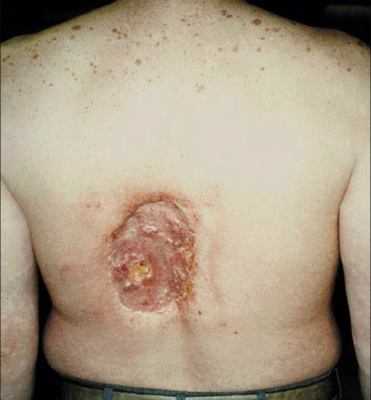
May 10, 2018 — A new consensus document has been issued to guide the optimal use of ionizing radiation in cardiovascular imaging. It offers expert consensus on the best practices for safety and effectiveness when using computed tomography (CT), nuclear imaging and angiographic/fluoroscopic imaging.
The document was issued jointly by the American College of Cardiology (ACC), Heart Rhythm Society (HRS), North American Society for Cardiovascular Imaging (NASCI), Society for Cardiovascular Angiography and Interventions (SCAI), Society of Nuclear Medicine and Molecular Imaging (SNMMI) and the Society of Cardiovascular Computed Tomography (SCCT).
This document’s purpose is to assist cardiovascular practitioners in providing optimal cardiovascular care when employing ionizing radiation in diagnostic and therapeutic procedures. It is written to serve as an accessible resource that compiles the current radiation biology and safety knowledge base applicable to cardiovascular imaging. The document covers both patient and medical personnel safety issues for the three cardiovascular procedure classes that employ ionizing radiation: X-ray fluoroscopy, X-ray CT and radionuclide scintigraphy. It includes discussions of radiation dosimetry and its determinants, radiation harm, basics of equipment operation, strategies to minimize dose, and issues of radiation monitoring and tracking. The document’s goal is to enable cardiovascular practitioners to select the optimal imaging technique for a given clinical circumstance while balancing a technique’s risk and benefits, and to apply that technique optimally to generate high-quality diagnostic images that deliver the greatest clinical value with minimal radiation exposure.
It was published online May 2, 2018, in the Journal of the American College of Cardiology.
The stimulus to create this document was the recognition that ionizing radiation-based cardiovascular procedures are being performed with increasing frequency. This leads to greater patient radiation exposure and, potentially, to greater exposure for clinical personnel. Although the clinical benefit of these procedures is substantial, there is concern about the implications of medical radiation exposure both to patients and to medical personnel.
The document includes detailed sections on:
- Dose monitoring and tracking;
- Radiation dose metrics;
- Summary checklists of dose-sparing practices;
- Nuclear cardiology regulatory issues;
- CT imaging protocol selection; and
- Conduct of cath lab staff and calibration of equipment for X-ray fluoroscopic imaging.
There are also sections on tissue reactions due to high dose exposure and the stochastic effects that result in radiation-induced cancer.
The ACC's leadership concluded that it is important to provide practitioners with an educational resource that assembles and interprets the current radiation knowledge base relevant to cardiovascular imaging procedures that employ ionizing radiation. By applying this knowledge base, cardiovascular practitioners will be able to select and perform procedures optimally, and accordingly minimize radiation exposure to patients and to personnel.
Read the complete report at www.onlinejacc.org/content/early/2018/04/30/j.jacc.2018.02.016
Related Cardiac Radiation Dose Content:
Defining the Cath Lab Workplace Radiation Safety Hazard
14 Ways to Reduce Radiation Exposure on the Cath Lab
Regulatory Requirements: The Impact on Cardiac Imaging and Dose Management
Role of Dose Tracking Systems in Radiation Safety Programs


 April 11, 2024
April 11, 2024 








